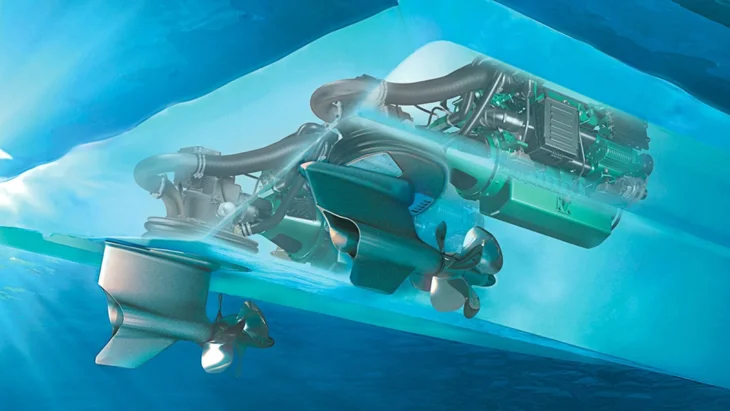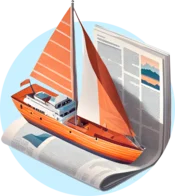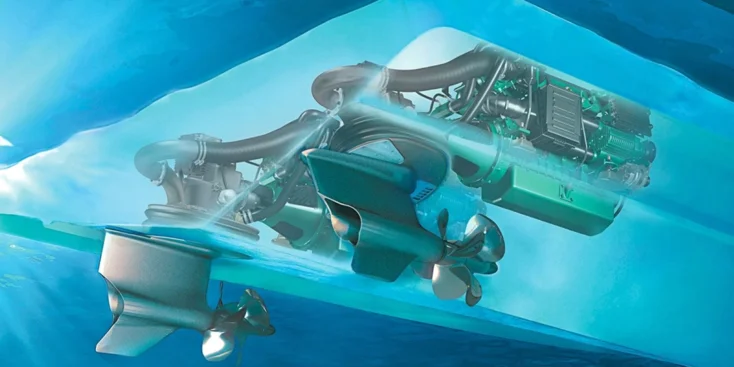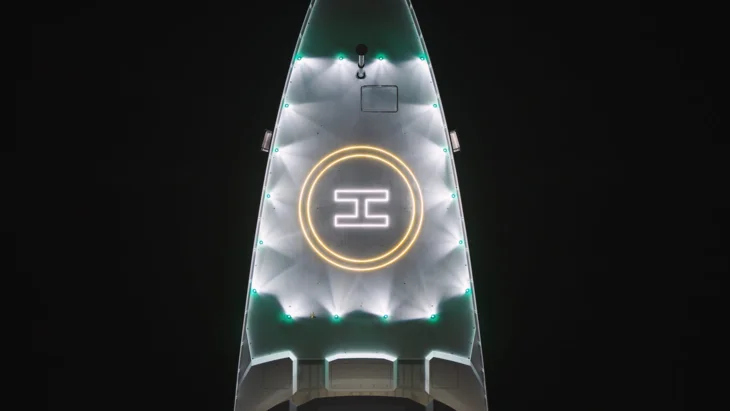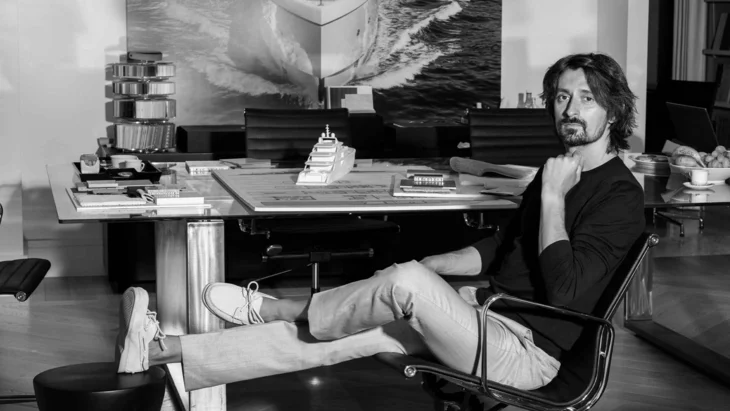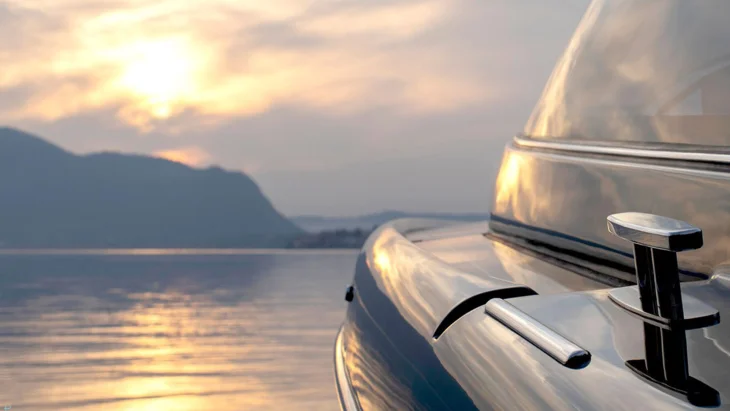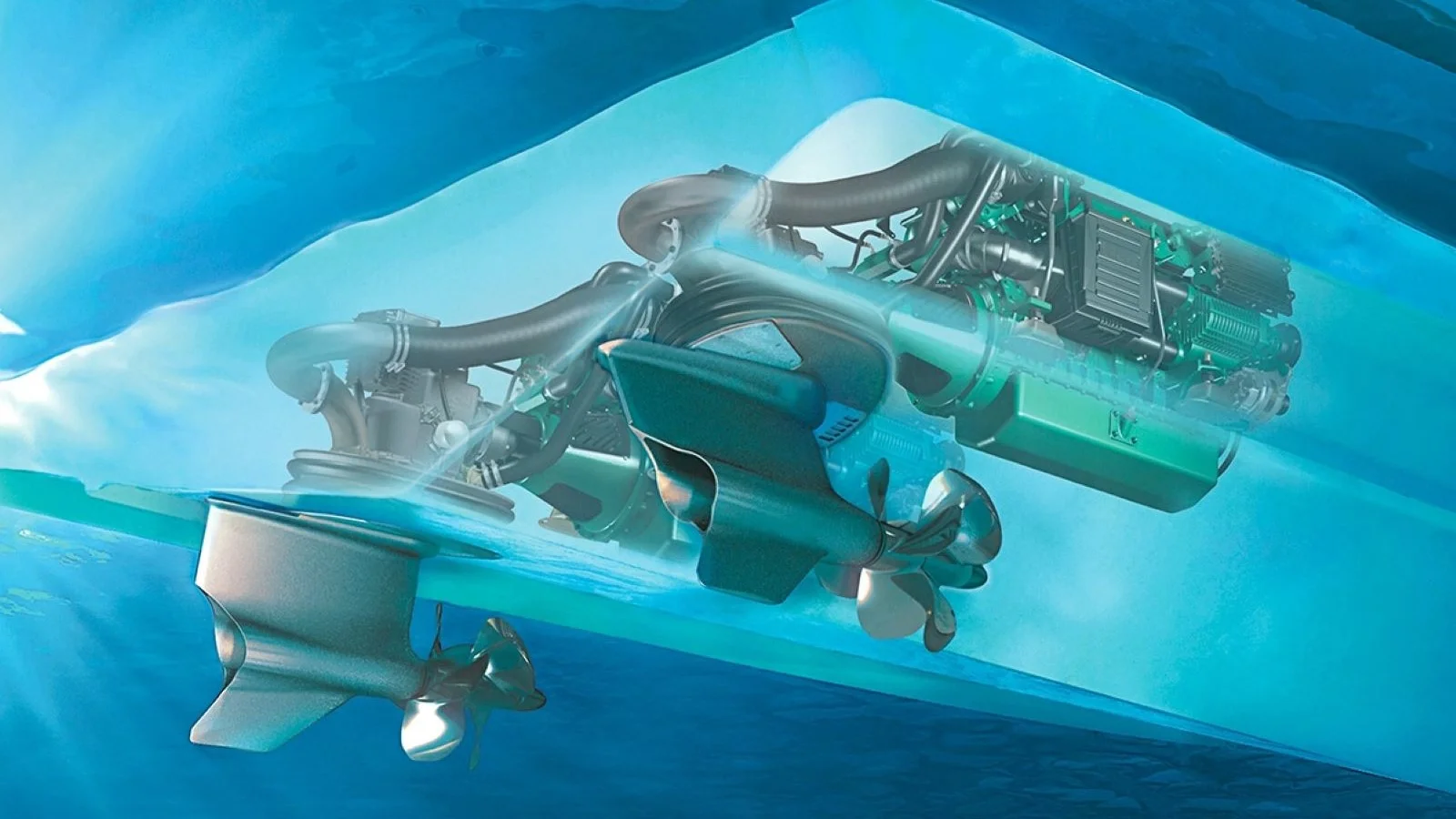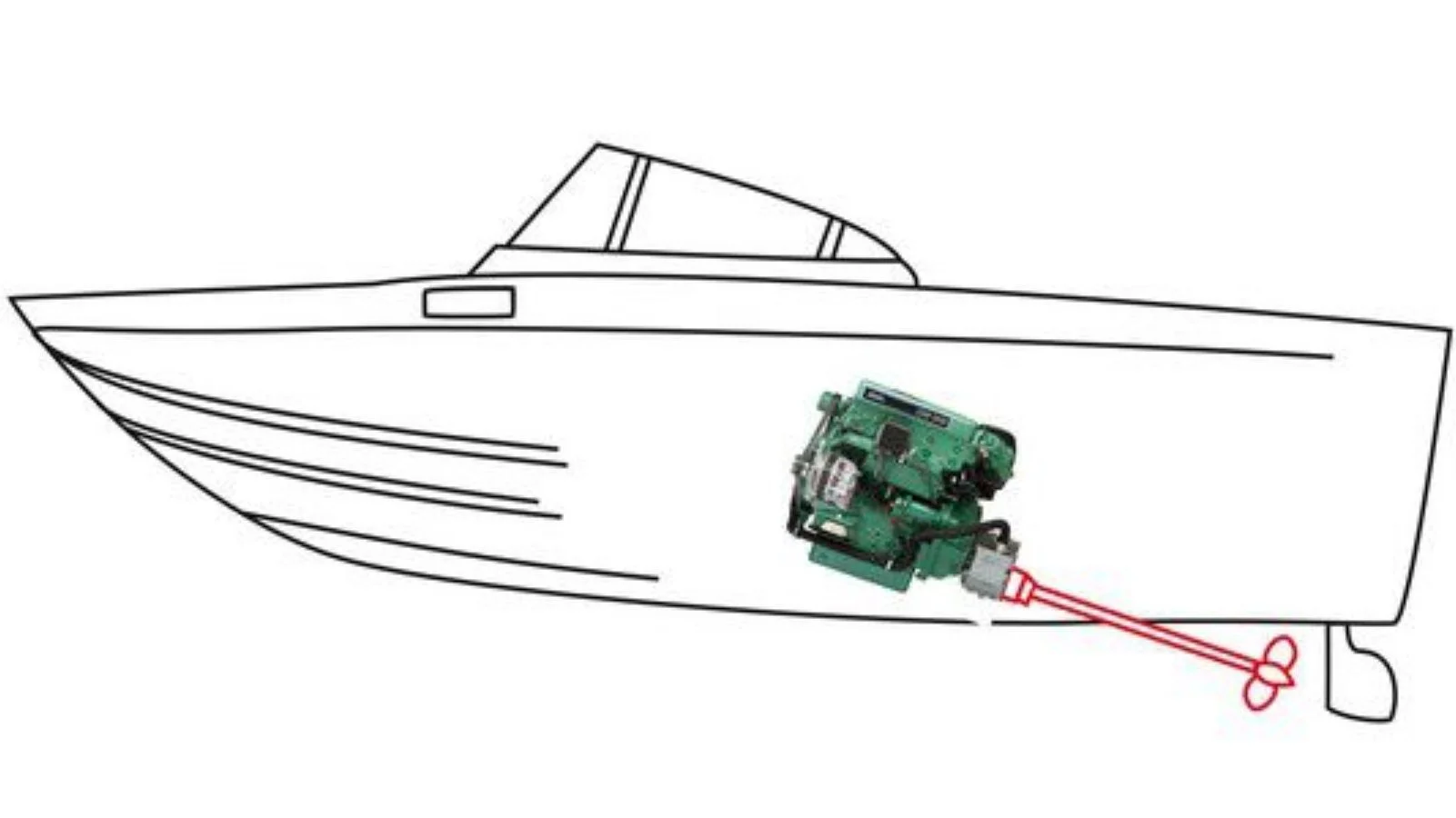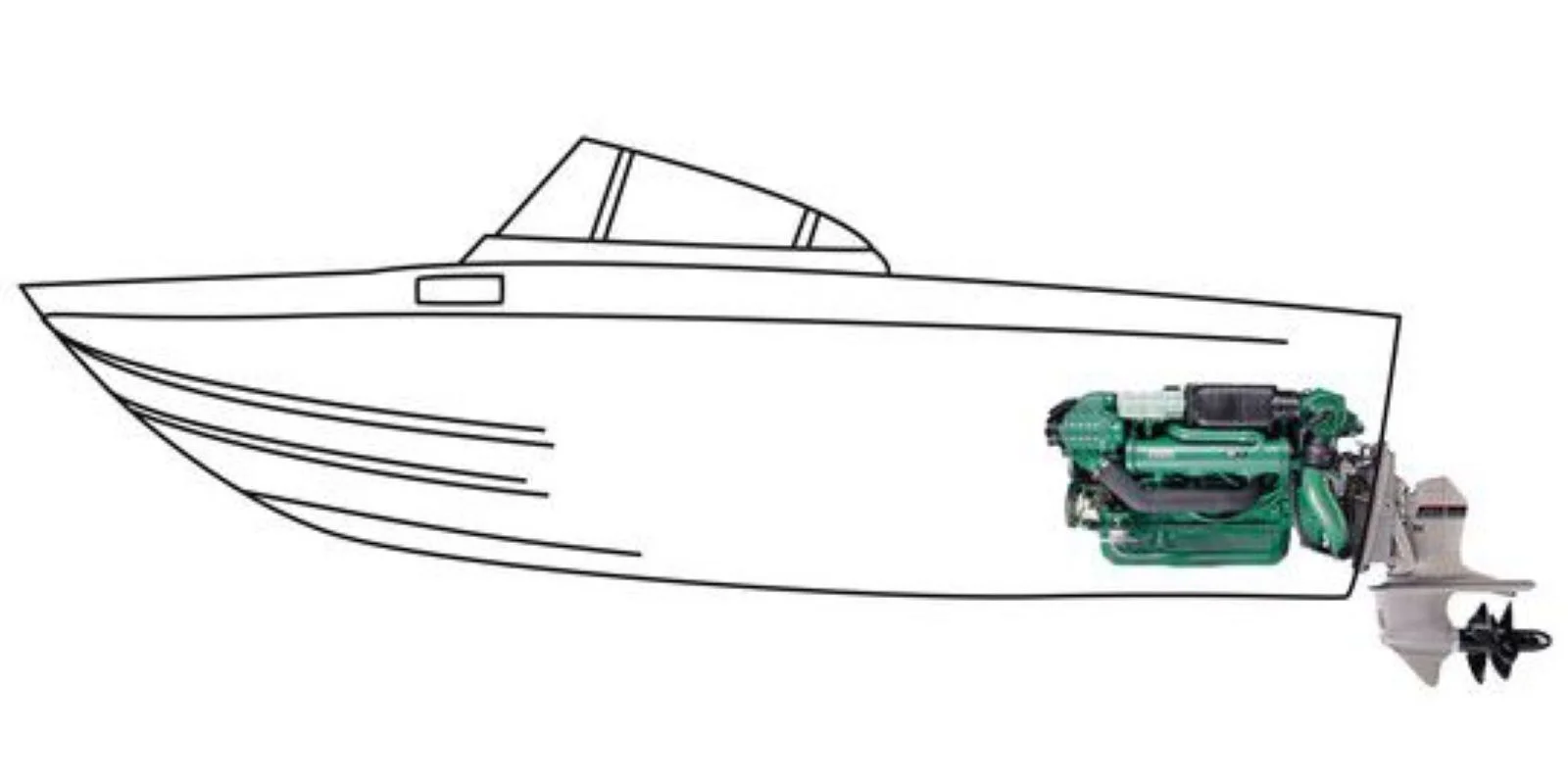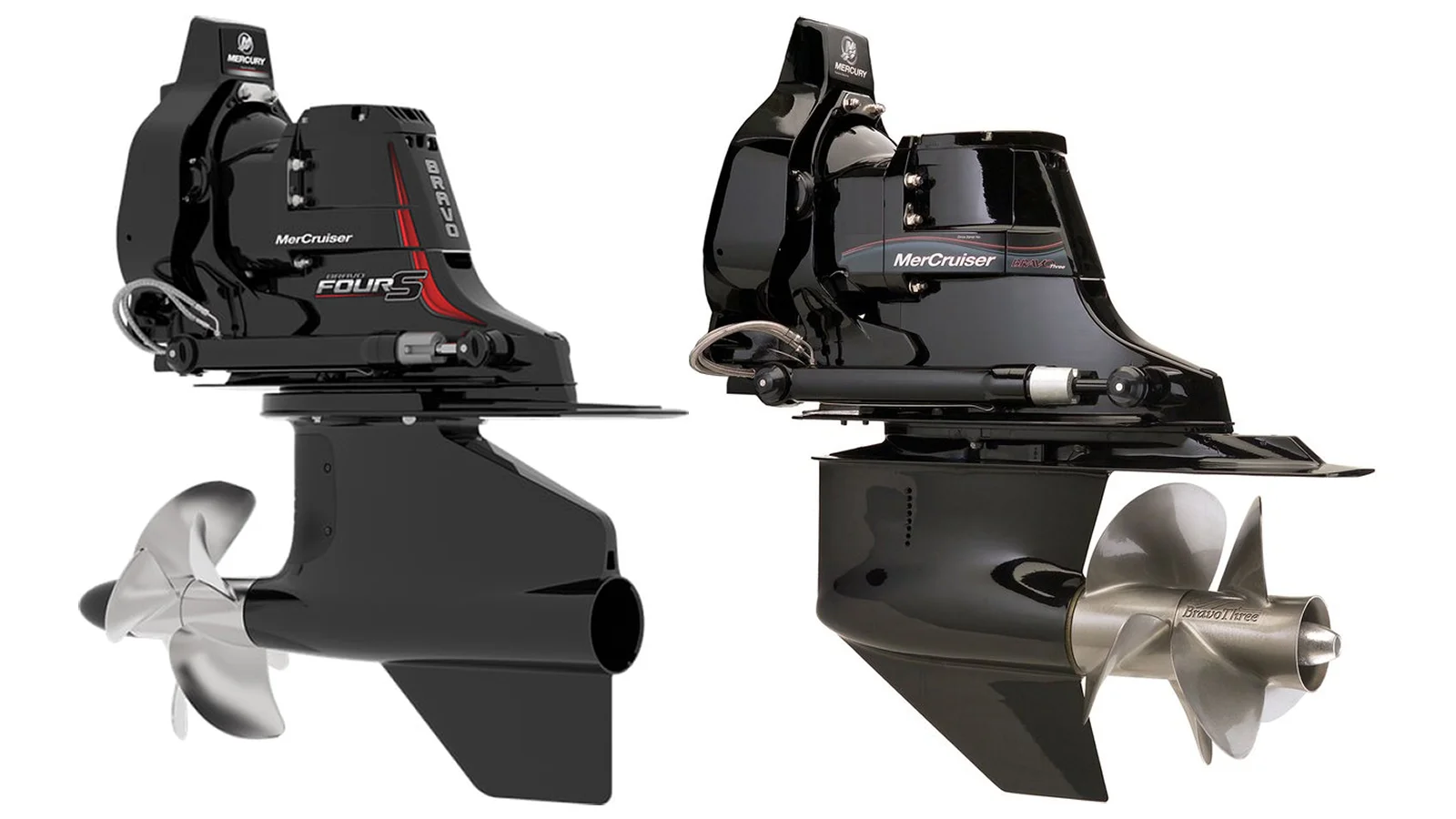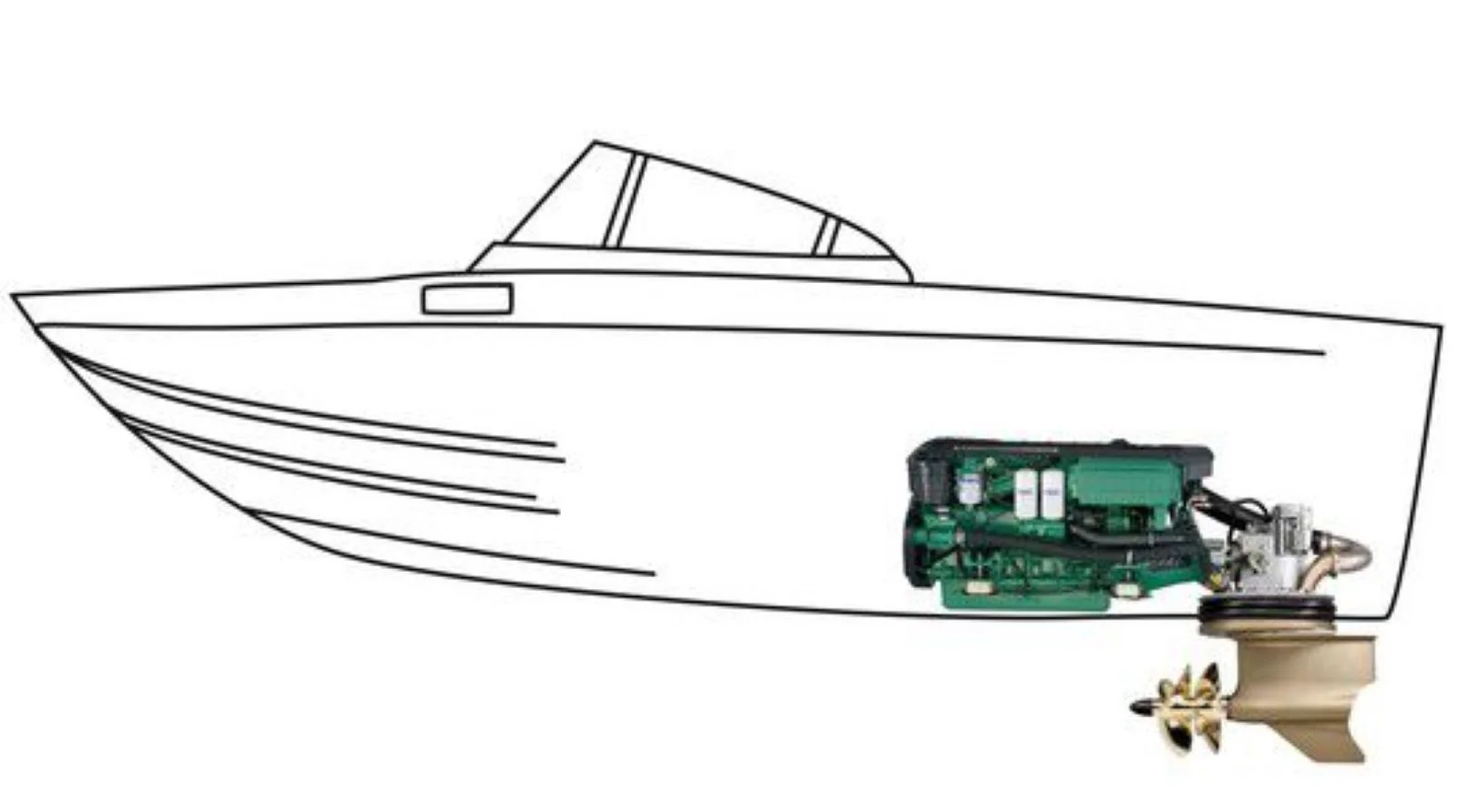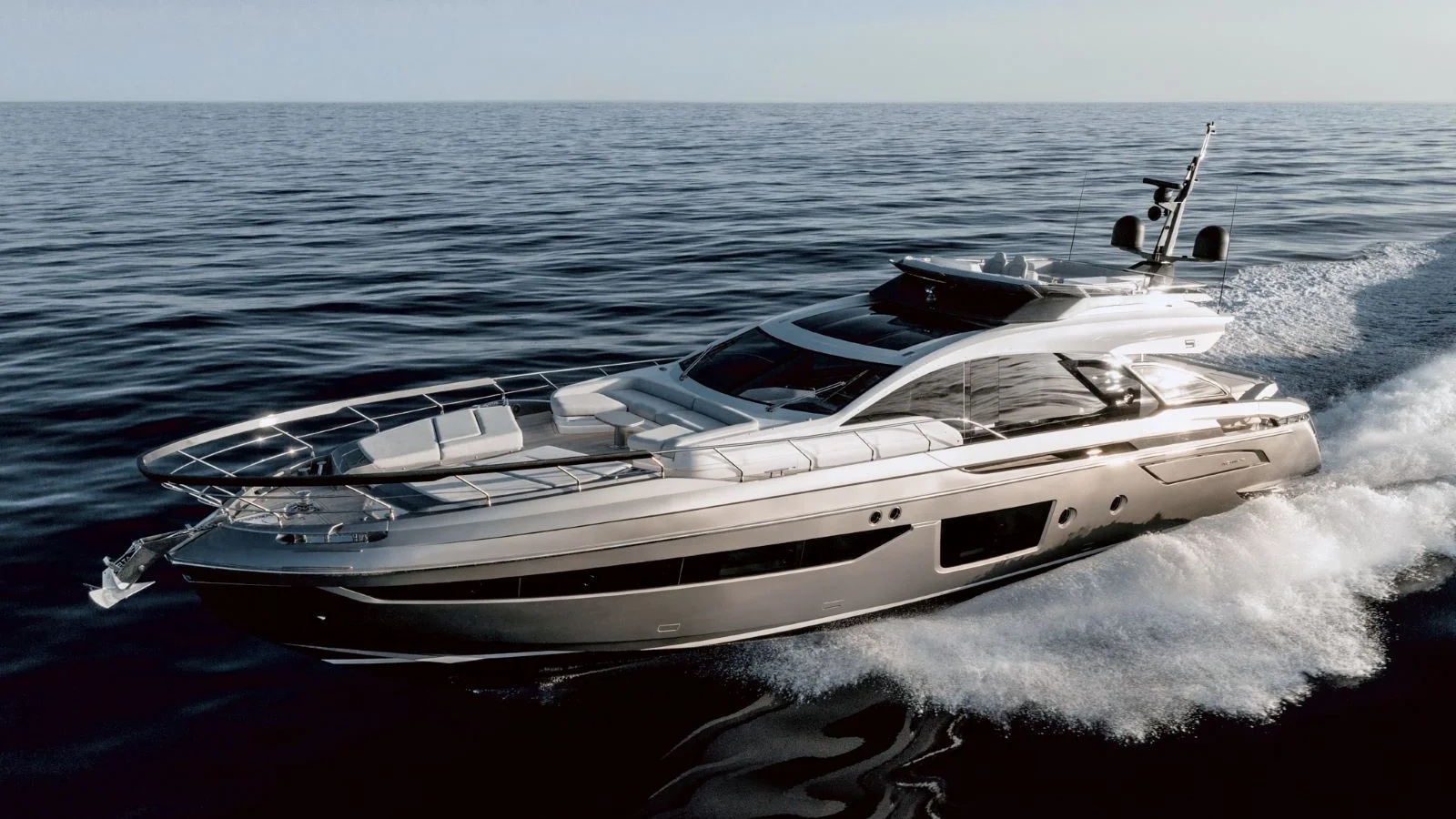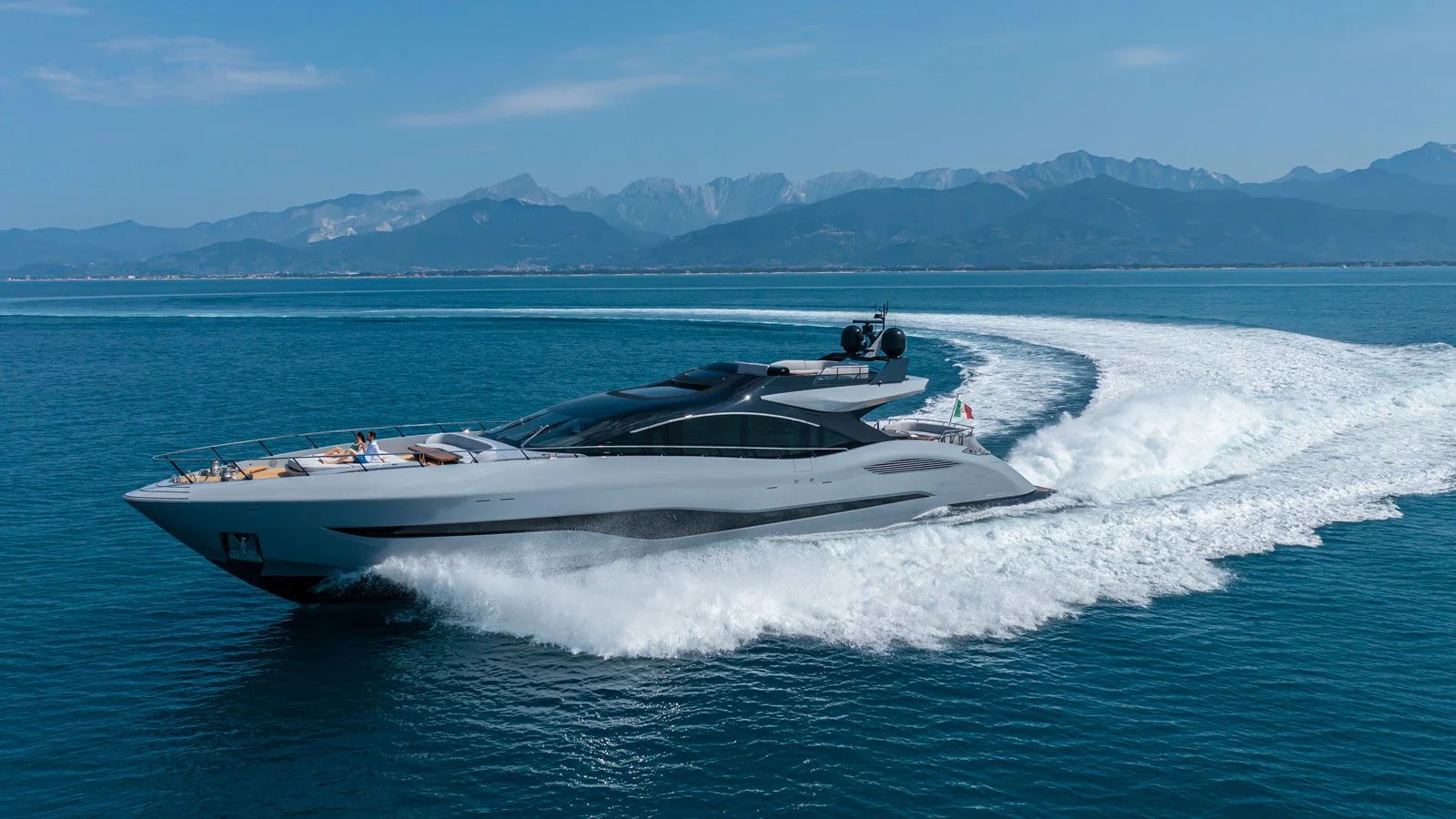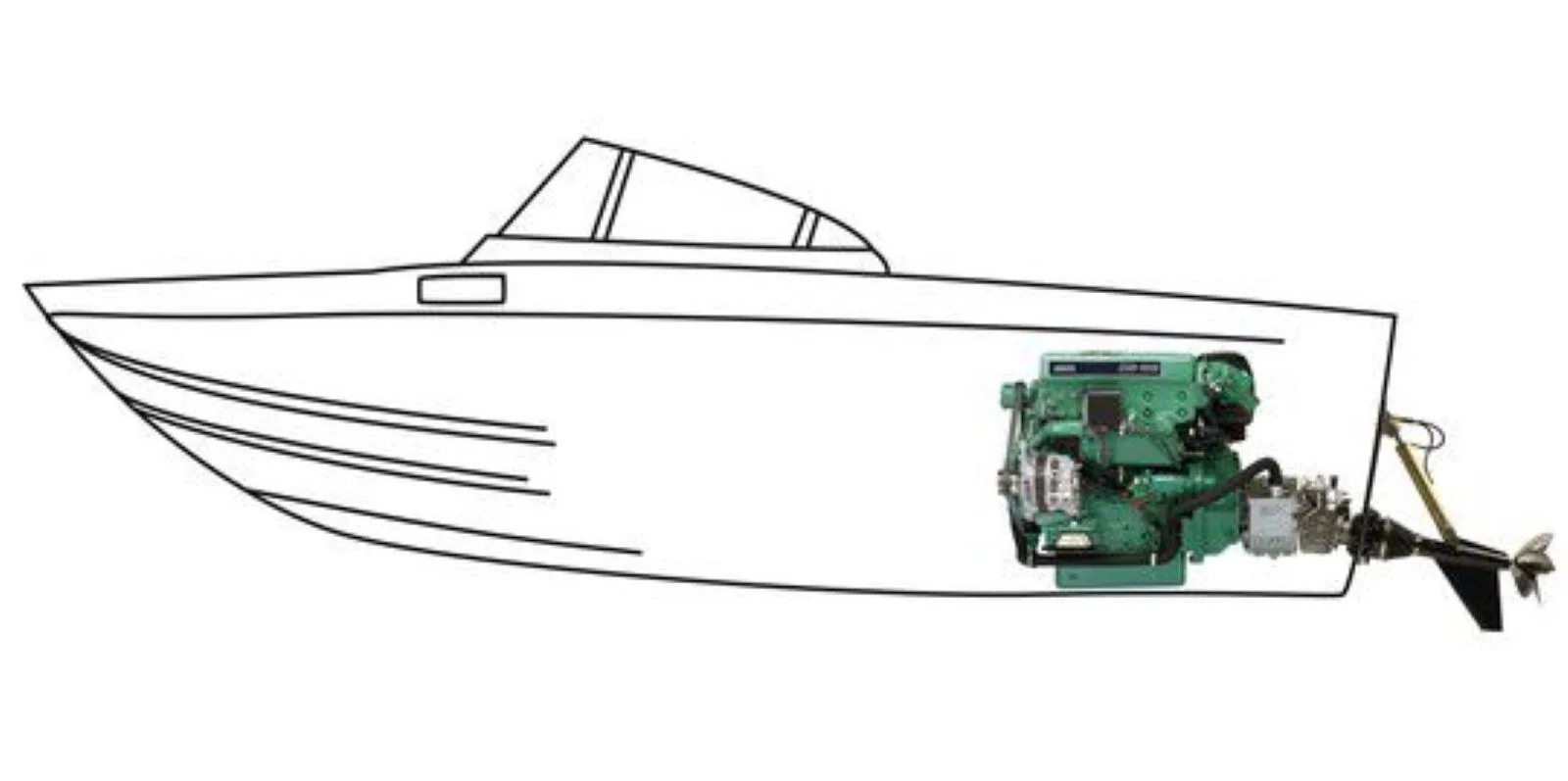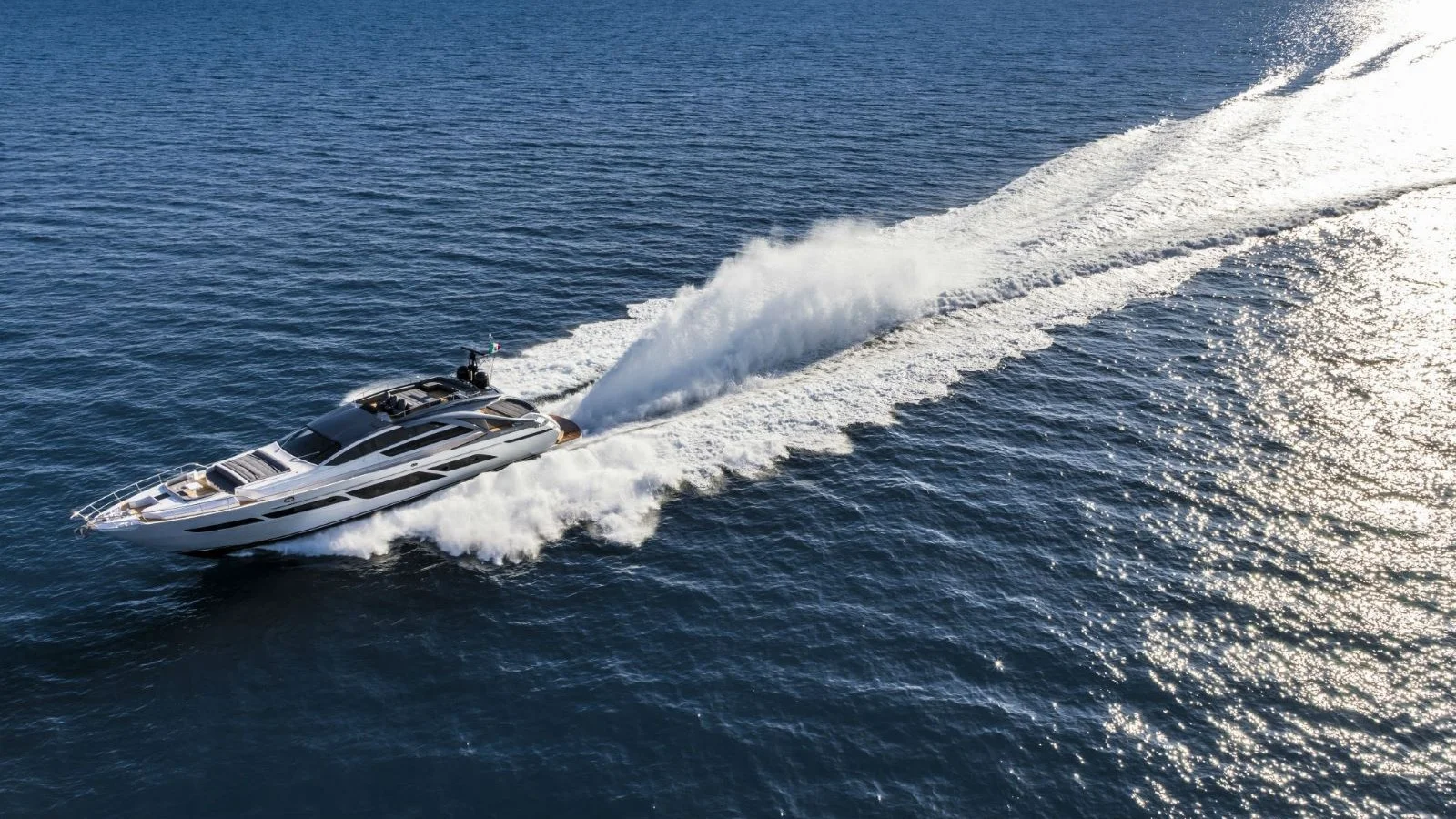Types of drives for yachts and powerboats
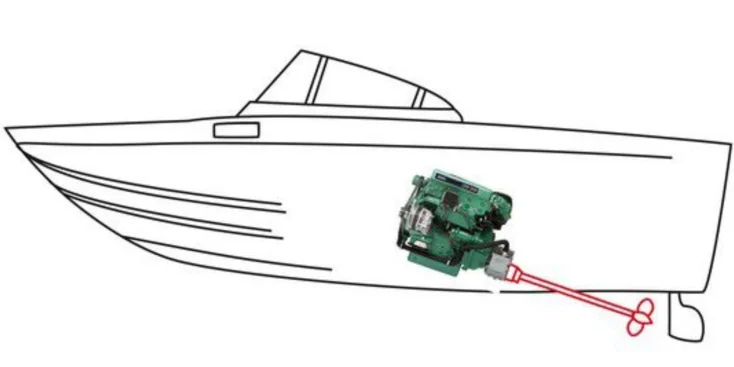
An inboard engine (or engines) is just part of a boat propulsion system (we will talk about outboards in another article). Engines generate energy. But other components of the system, namely the drives, are equally important. They make the boat move, and today there is a wide choice of them
The drive type influences a yacht’s speed, handling, draft and fuel consumption considerably. Besides, drives vary in price, operation peculiarities and maintenance frequency.
There are drives that are the best fit for a certain type or size of a vessel, a particular hull shape or other characteristics. However, there are quite a few examples, when one and the same production boat can be equipped with different drive types – depending on your wishes, objectives and water area. Which drive types are most widespread on the market, how do they work and which one can suit you best?
Shaft drive
This is the simplest, the most common and the best-known drive type, as it was invented a long time ago. The engine rotates the shaft, at the end of which there is a propeller, and the water flow is directed by the rudder. The simplest version of a shaft drive is a direct drive that is located in the middle of the hull, and the shaft is directed towards the stern. The key benefits of this construction are simplicity and reliability. The drawback is the fact that the engine compartment occupies the largest part of the hull, using the precious space that could make the cabins larger.
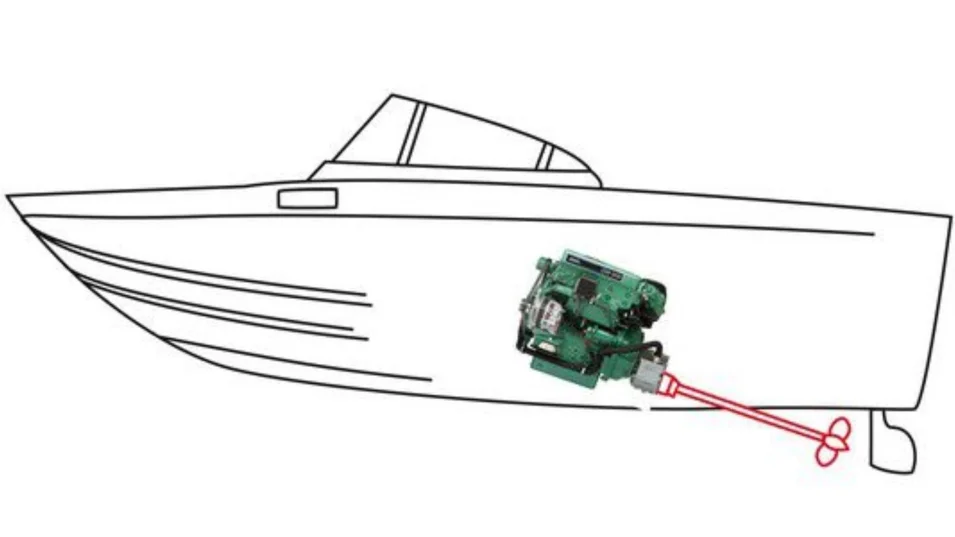
A more complicated V-drive can solve this problem partially. The engine is mounted further aft, and the shaft consists of two parts: one faces the bow and is connected with a reductor, while the other one goes aft from the reductor and finishes with a propeller. Thus, there is more space left amidships. However, this more complicated construction leads to some loss in efficiency, and to reach the same speed it takes more fuel than with a direct drive.
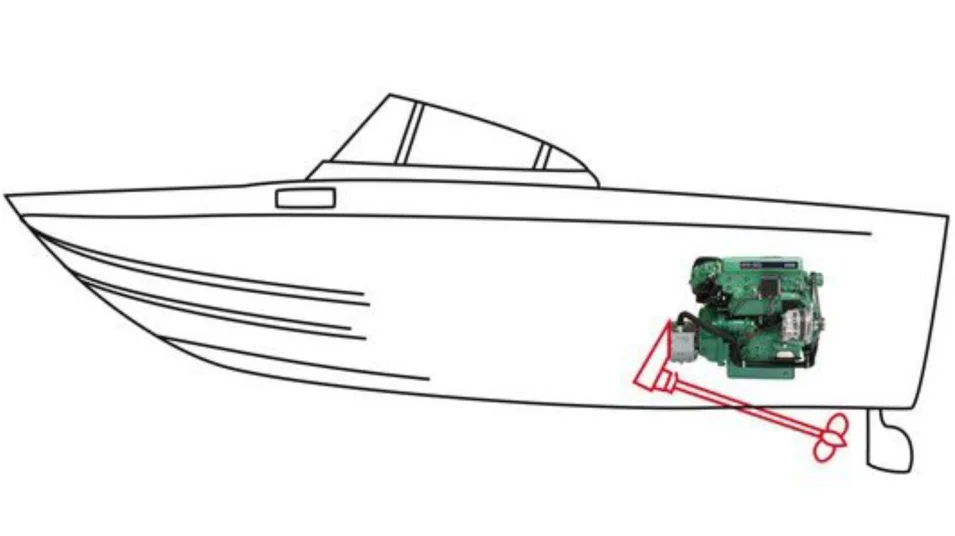
Benefits:
- Simplicity, reliability, easy maintenance
- Good for boats of various types and sizes
Drawbacks:
- Quite a large draft
- Easy to damage in a collision with underwater obstacles
- Lower efficiency
Sterndrive
In fact, it is a hybrid of an inboard and an outboard engine. The engine is placed inside the back of the hull, while the drive unit that looks like the lower part of the outboard engine, is placed outside. There are no rudders necessary for a shaft drive here: the drive unit can turn and even go upwards, which allows one to repair a damaged propeller right on the water without having to lift the yacht.
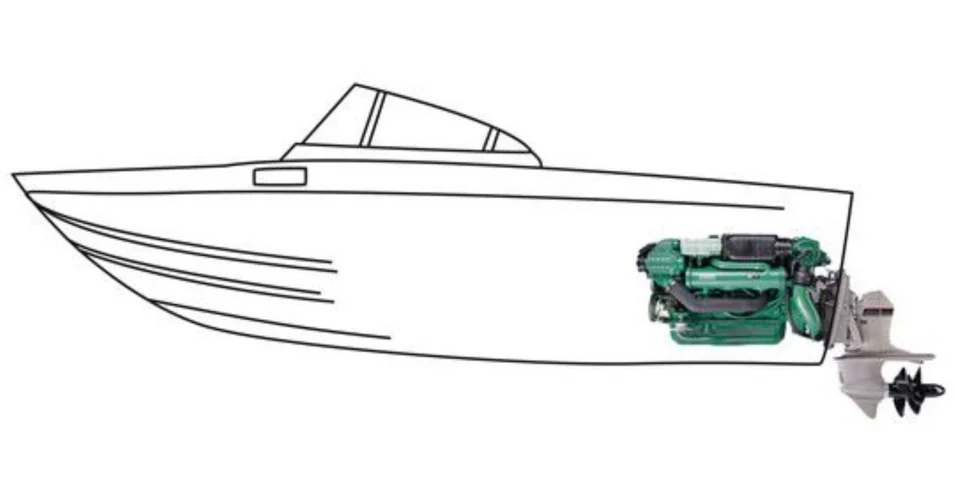
Sterndrive propellers can be conventional and forward-facing, which allows one to use them for water sports like wakesurfing. In this case the propellers are tucked below the bottom of the boat far from the transom, so they can’t damage the rider.
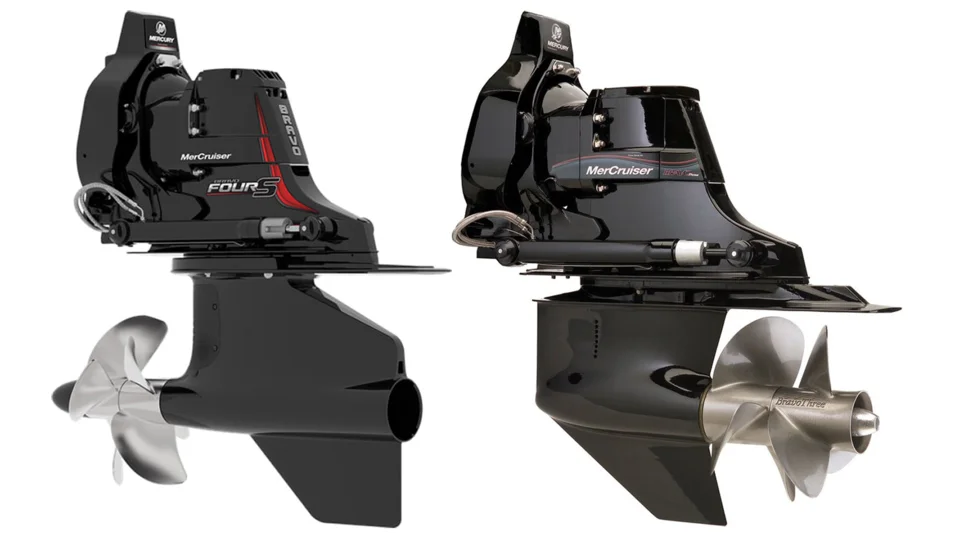
Benefits:
- Excellent maneuverability and handling
- Small draft
- Compact machine compartment
- Moderate fuel consumption
- Diesel or petrol options
- Large choice of engines and propellers
Drawbacks:
- Suitable for planing vessels under 45 feet (13 meters) only
- Short service life
- Need for regular maintenance
- Larger bow rise due to heavier weight at the stern
Pod drive
Unlike the sterndrives that are placed at the transom, these are placed on the bottom of the hull. They are commonly called IPS, because that is the name that was used by Volvo Penta company when it introduced them. But now they are available from other manufacturers, too. The difference is that the Swedish company opts for forward-facing propellers, while, for instance, Cummins tends to use the conventional type. Each manufacturer has their reasons why their solution is more efficient, but in reality, they demonstrate relatively similar results in terms of performance, handling and fuel consumption.
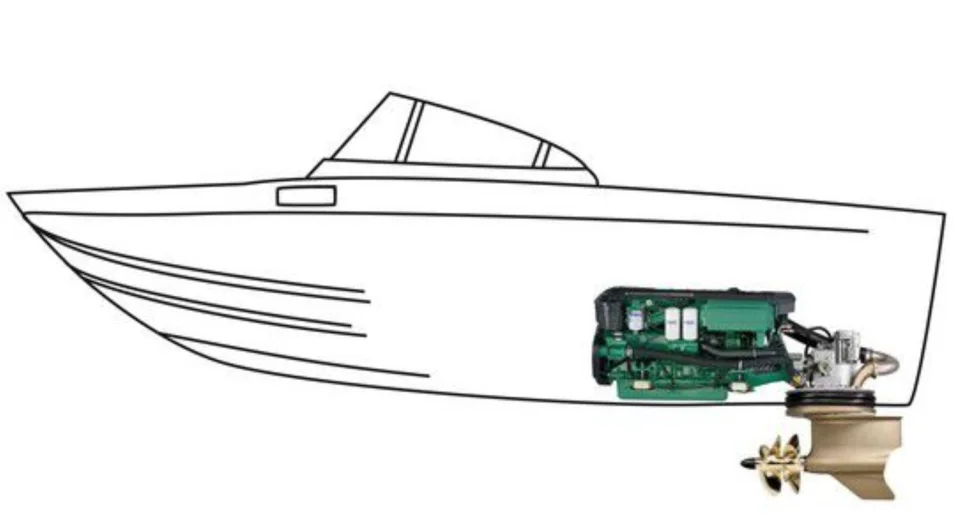
Initially pod drives were mounted on small boats under 15 meters only, but with an increase in power they began to be used on really large yachts and not only planing, but also semi- and displacement ones. Pod drives can be twin, triple and quad. Each of them can turn independently, which ensures amazing maneuverability. A joystick allows even an inexperienced helmsman to handle the boat, which is really valuable when docking.
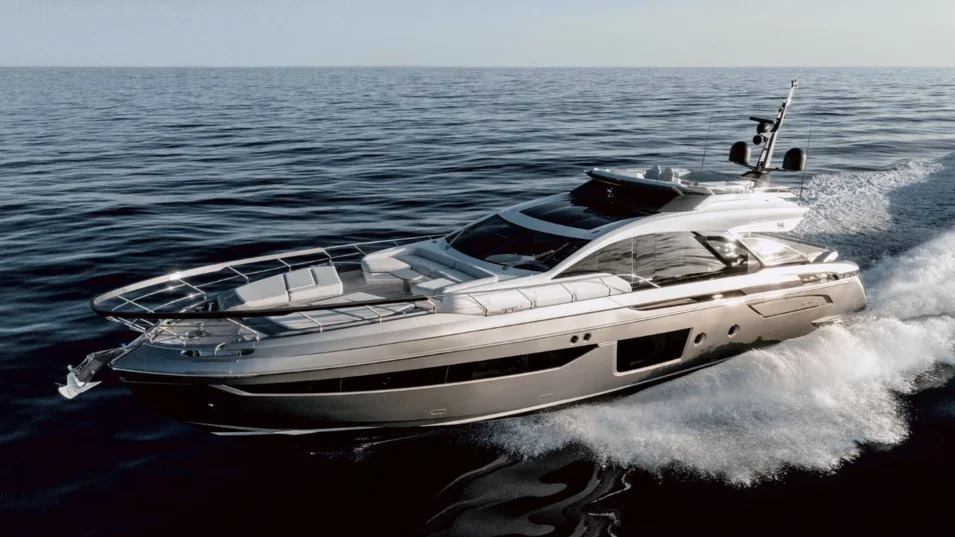
The extra benefits are an increase in speed by 15-20% and a decrease in fuel consumption by up to 30% compared to a yacht of a similar size, powered by the engine of the same power but with a shaft drive. There is just one ‘but’: pod drives can be mounted on particular bottom configurations, so it is impossible to install them on a boat that has already been built.
Benefits:
- Excellent maneuverability and high speed along with low fuel consumption
- Low level of noise and vibration
- Compact engine compartment, which allows for larger cabins below deck
Drawbacks:
- Higher maintenance
Waterjet
Waterjet’s efficiency is lower than that of a propeller, but it has a lot of other advantages. Due to the minimal draft, waterjets are perfect for shallow water, where there is a high risk of hitting some underwater obstacle. As waterjets have no propellers or other dangerous parts, it is an ideal solution for water sports.
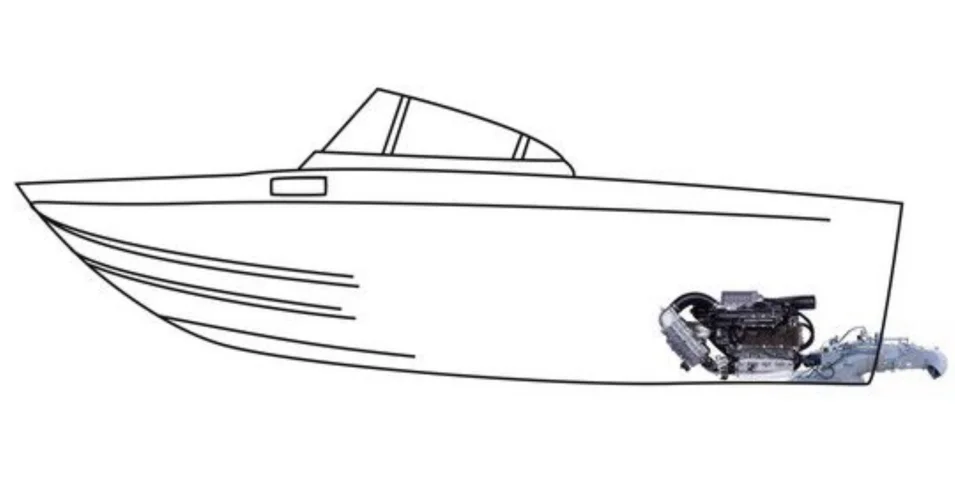
It would be incorrect to think that waterjets are suitable for small sport vessels only. They are actively used by the shipyards that build large performance superyachts, too. Finally, water jets have a unique feature that all other inertia-prone boats with other drive types lack. It’s a possibility of emergency braking: you just have to switch to reverse.
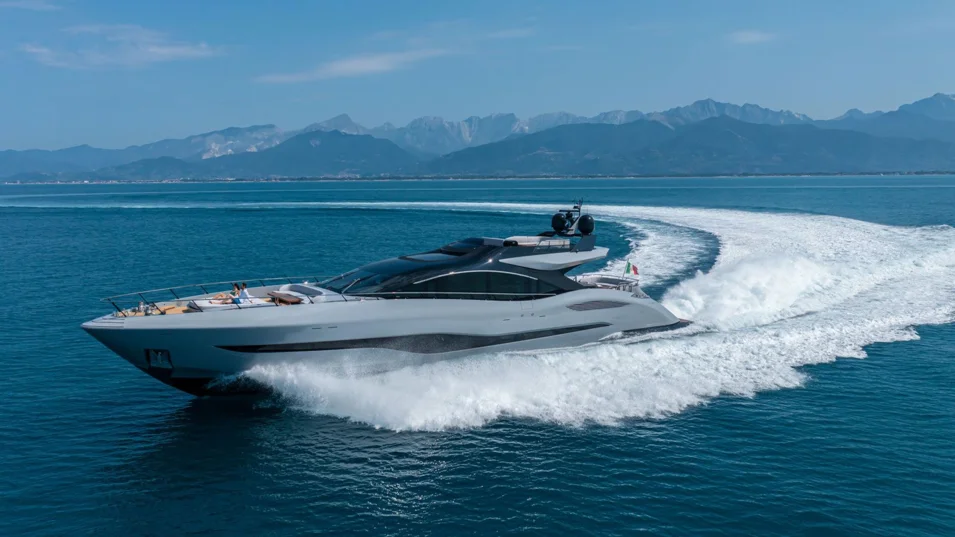
Benefits:
- Excellent maneuverability and handling
- Safety for people in the water
- Minimal draft
- No vibration
Drawbacks:
- Getting clogged with seaweed, sand and plastic in dirty water areas
- Harder maneuvering, particularly low-speed, which may require some experience
- High maintenance
- Fast fouling, which may lower the speed considerably
Surface drive
Although it is not common for ordinary yachts, this exotic drive type is a perfect fit for high-performance boats. The shafts go from the engine to the stern in a straight line, not inclined, while the propellers work half out of the water, on the border of water and air.
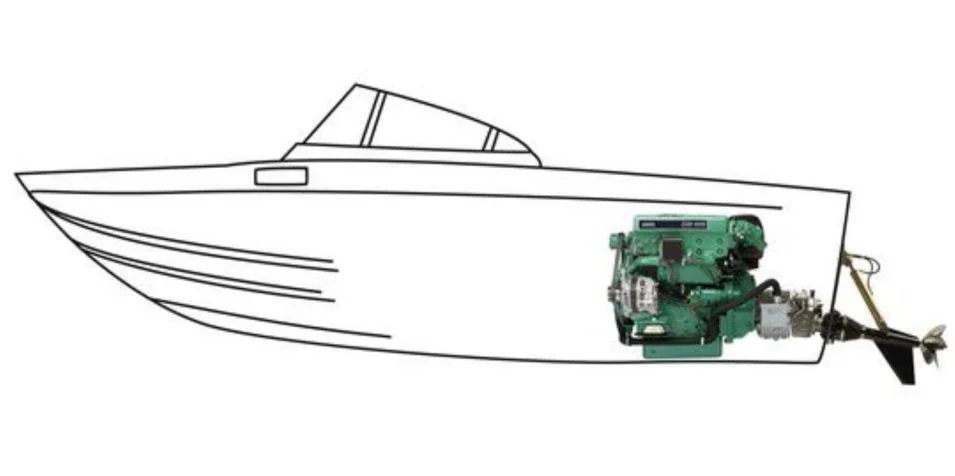
The hydraulic system can adjust the position of the drive vertically by raising or lowering the propellers, and horizontally, which makes the boat turn. This type of drive requires special propellers of a large size and a special kind of blade profiling. The speed of the boat increases, while the fuel consumption does not. Besides, despite the frightening size of the propellers, the draft remains small.
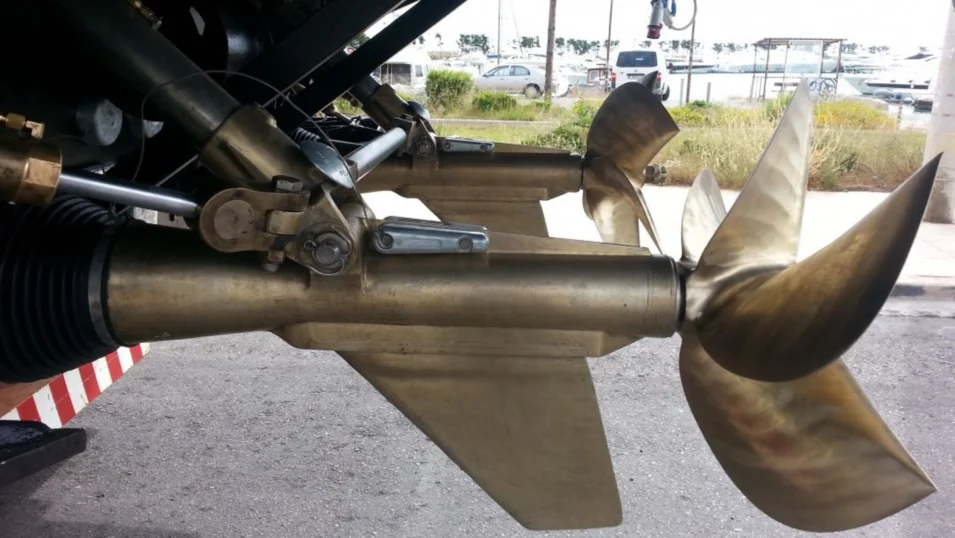
So, with all these advantages in mind, why not use surface drives on most cruising yachts? This solution is quite expensive and hard to maintain. Besides, the huge propellers are prone to damage when reversing, and look terrifying to people bathing in the water. However, some shipyards that build large performance superyachts do use them on request along with really powerful engines. Such world-famous boatbuilders like Pershing, Mangusta, Sunseeker and others have used them for their boats.
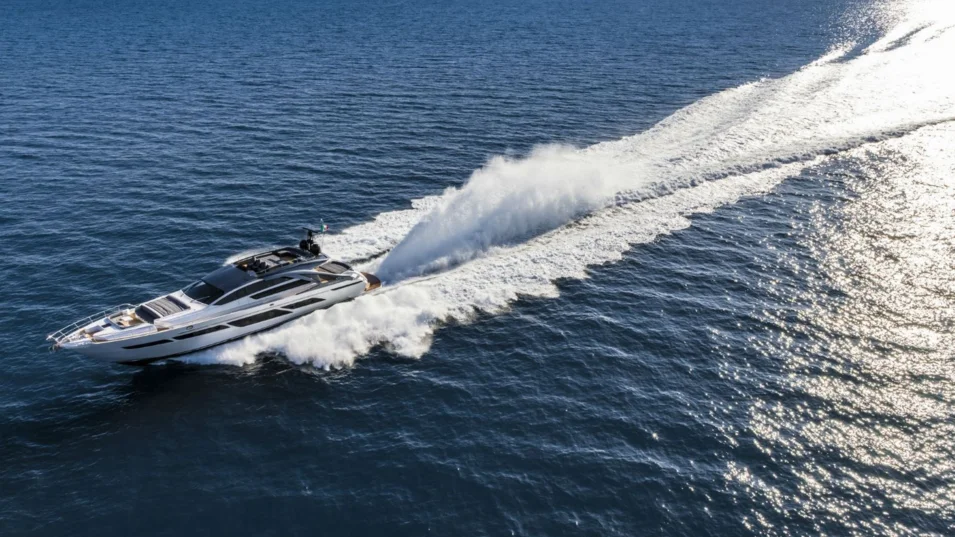
Benefits:
- High speed
- Ability to adjust the draft
Drawbacks:
- Psychological discomfort
- High cost of purchase and maintenance
You have successfully subscribed to our newsletter
